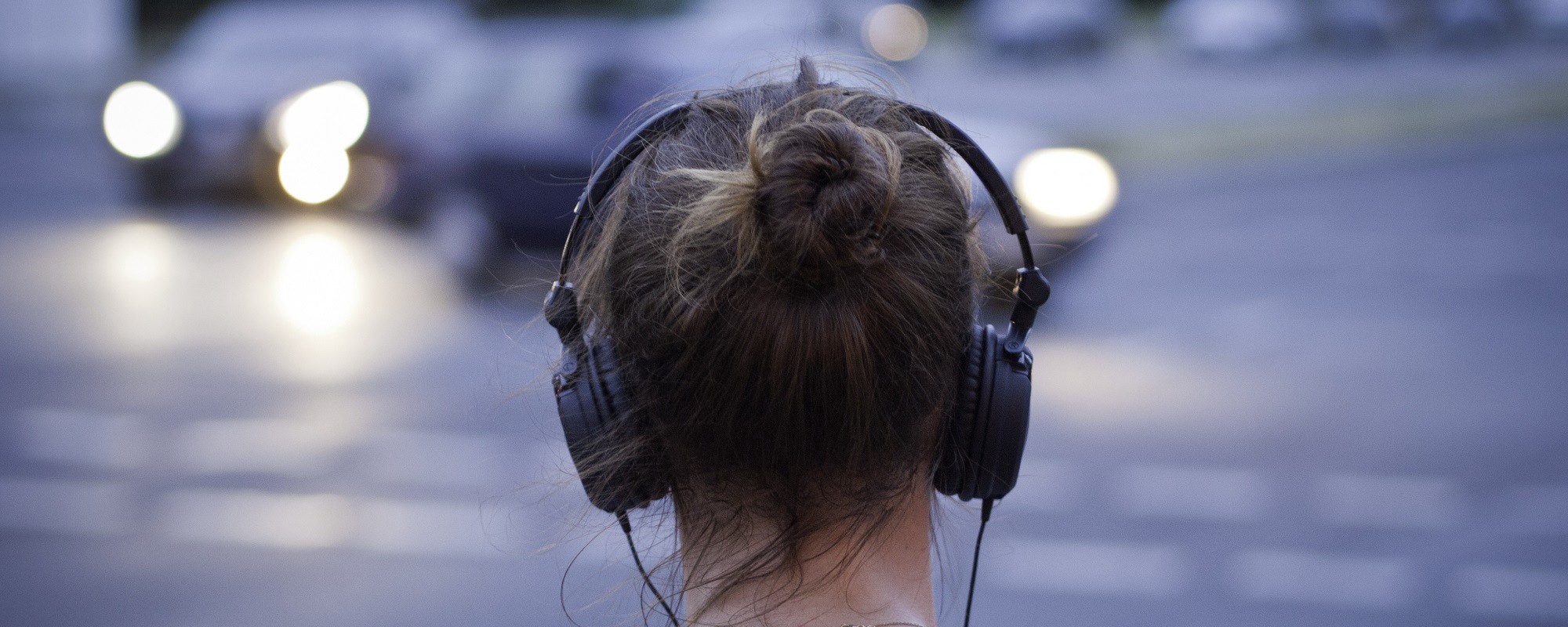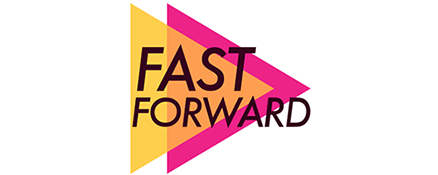

Every morning before I head out, I take out my iPod and set it to my “Walk” playlist–a few songs I believe depict my walk. I join a herd of people on their daily pilgrimage, all plugged in, and all with distinct gaits. I have listened to “1901” by Phoenix almost every single morning since 2009. Something about the clean drum beat and simple instrumental harmonies just felt like my walk.
Then again, do these songs define my walk, or has my walk evolved to fit the music?
The latter is more likely. When we hear music, our bodies automatically respond. We start swaying side to side, tapping our feet, moving our arms, basically doing anything to fall into rhythm. Our movements range from simple to complex, rigid to fluid, but everything coordinates. Michael Jackson moonwalked across stage and Psy’s “Gangnam Style” broke records on YouTube. We know exactly what to do when we hear the “Macarena” or “Crank That (Soulja Boy).” Why? Because they are guides to movement–maps even.
However, it doesn’t mean the relationship between music and movement should be so one-sided.

Head, shoulders, knees, and toes
Start simple. We use our hands to shake, wave goodbye, eat, write, play air drums”¦
“¦so why not use them as instruments to compose music?
We can imagine all kinds of shapes and configurations for each finger. Add in kinematic motion from the wrists, elbows, and shoulders, and we have the means to control different instruments–their pitch, amplitude, and duration. Imogen Heap has used a pair of motion-capture gloves for her music. Similarly, Cornell engineering alumni Ray Li put his own version on display with the university’s orchestra.
But why stop at hands when we can track the entire body? It’s not just our hands that move, but every single limb, with many degrees of freedom. Take all those possible combinations of movement and consider adding a further layer of sophistication. If we look at a dancer’s stage, why not install a pressure mat that could add the kinetics of the body into the equation?
To put things into practice, Nagual Sounds uses Microsoft Kinect to track and translate the body’s motion into sound. The group uses a clever analogy to explain the technology:
The process in which a snowflake develops may illustrate this:
Physical laws form an always-identical basis for crystallisation. But different environmental conditions create unique snowflakes.The same applies to the Interactive Song technology:
The preferences of an Interactive Song offer the same musical possibilities. The behavior of the data-input then generates unique music.
Here, there are two dancers being tracked, but consider the sounds from a flash mob, or a dance-off, or even a well-known ballet like The Nutcracker. What would they sound like? Would the “Dance of the Sugar Plum Fairy” sound like the “Dance of the Sugar Plum Fairy”?
It is a beautiful thought–a dancer creating her own music–but it is only one application. There’s an entire subsection in biomechanics dedicated to understanding how a person walks, called gait analysis. Typically, this is done by seeing and observing various things like step size or velocity–but what if we could hear it?
Gait analysis has various applications, especially in diagnostics, rehabilitation, and injury prevention, but it may also serve a purpose in biometrics. Just like we have fingerprints, DNA analysis, and iris scans, could a person’s “walk song” be another form of identification?
If anything, just consider one thought: We are all movements in this human symphony. What would your walk sound like?


How We Get To Next was a magazine that explored the future of science, technology, and culture from 2014 to 2019. This article is part of our Fast Forward section, which examines the relationship between music and innovation. Click the logo to read more.
